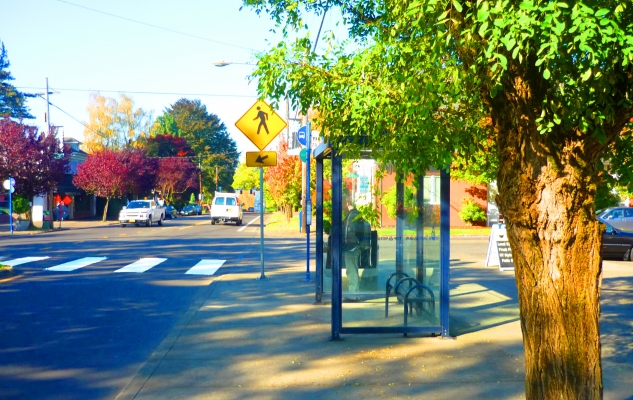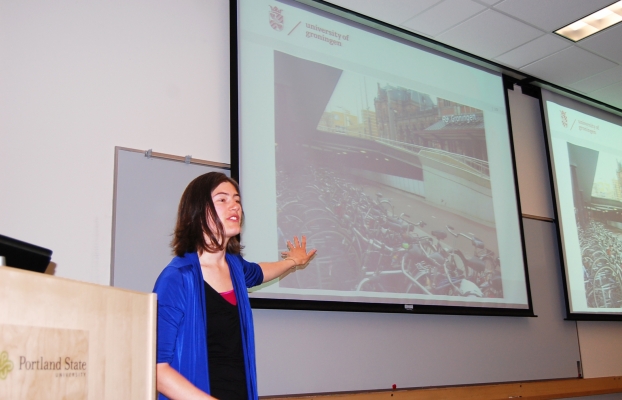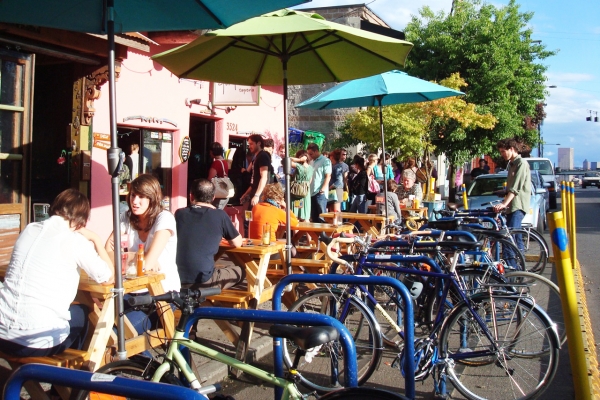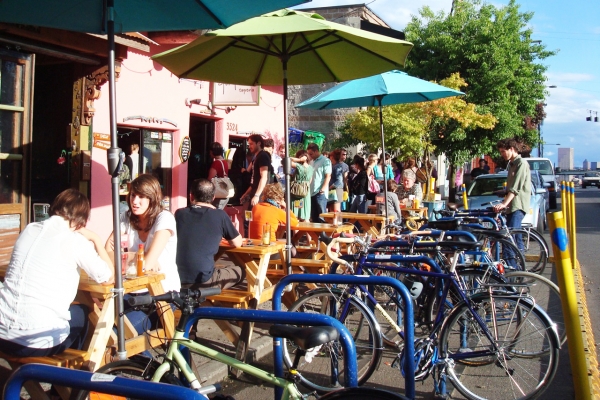The U.S. Department of Housing and Urban Development has identified some “livability principles” which include healthy, safe and walkable neighborhoods and safe, reliable and economical transportation choices.
Transit agencies and local governments routinely use metrics to evaluate the performance of transit systems, but a uniform standard of transit data collection does not exist outside of the reporting requirements of the National Transit Database (NTD). Because of the types of data collected for the NTD, the focus of performance measurements is often on ridership and financial performance, leaving aside the question of livability.
In a new project sponsored by OTREC, Principal Investigator Marc Schlossberg, associate professor in the department of planning, public policy and management at the University of Oregon, along with co-investigators Jennifer Dill of Portland State University and Nico Larco, also of the University of Oregon, set out to create a set of tested and refined performance indicators that transit agencies across the nation can use to evaluate and improve their system performance in relation to livability goals.
Traditionally, transit systems are thought of exclusively in their wholeness: how the system serves a region,...
Read more





